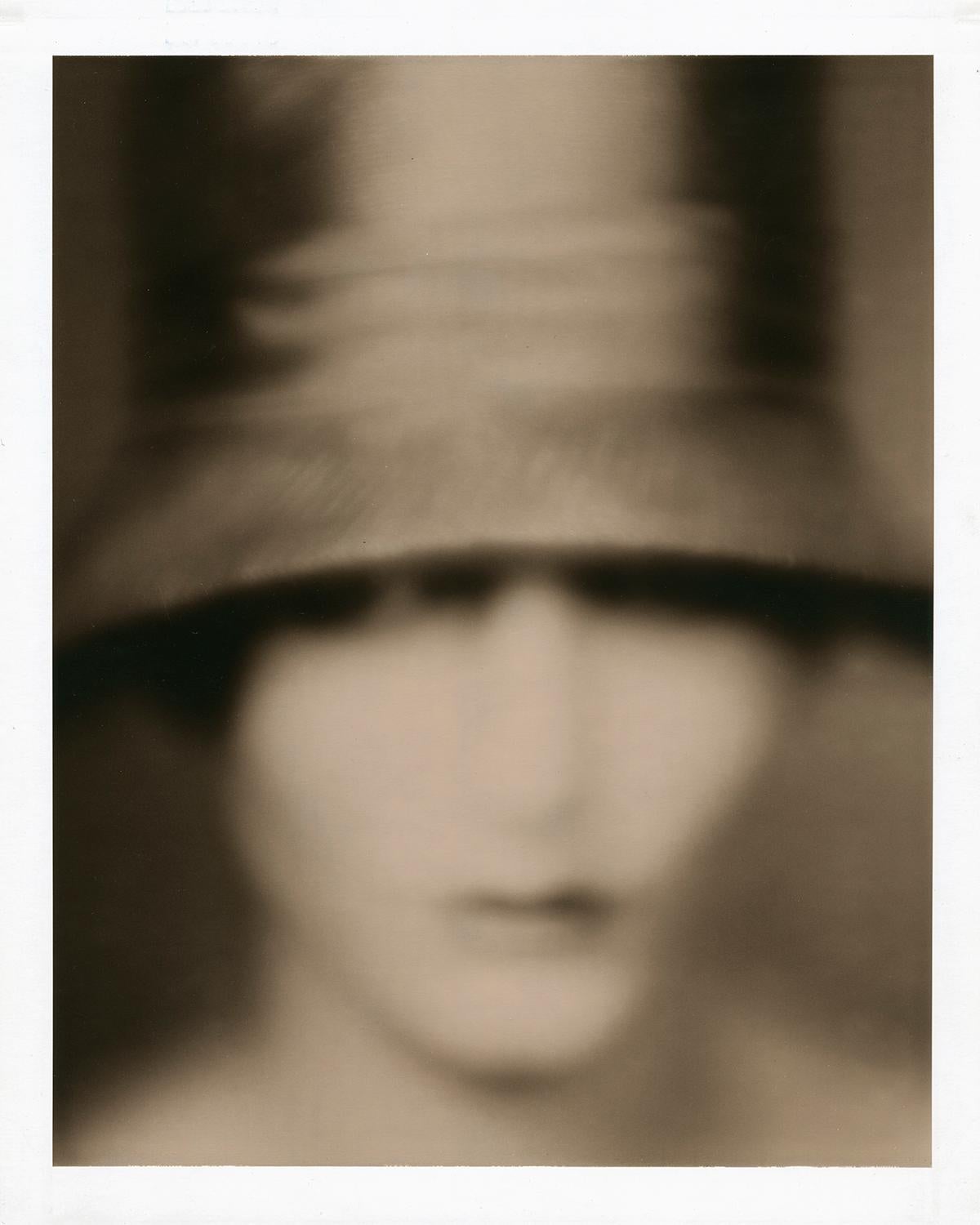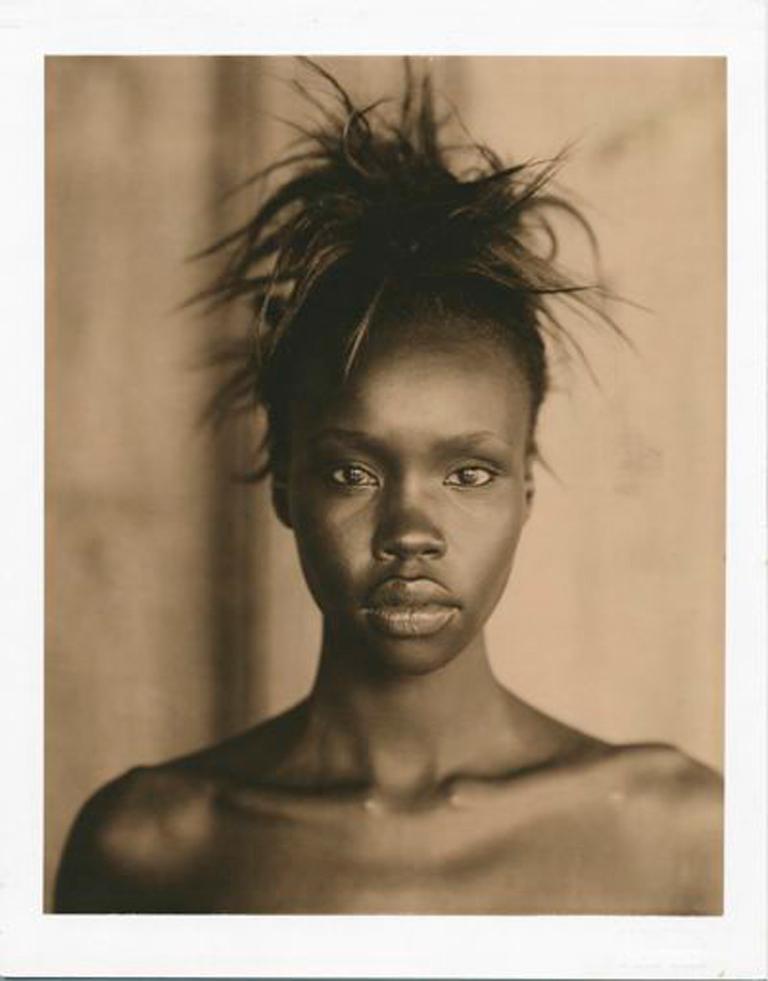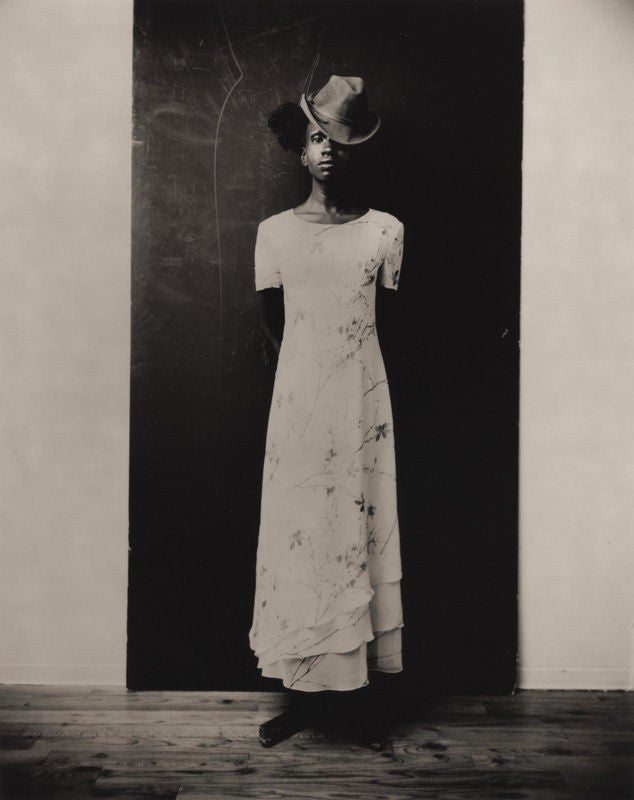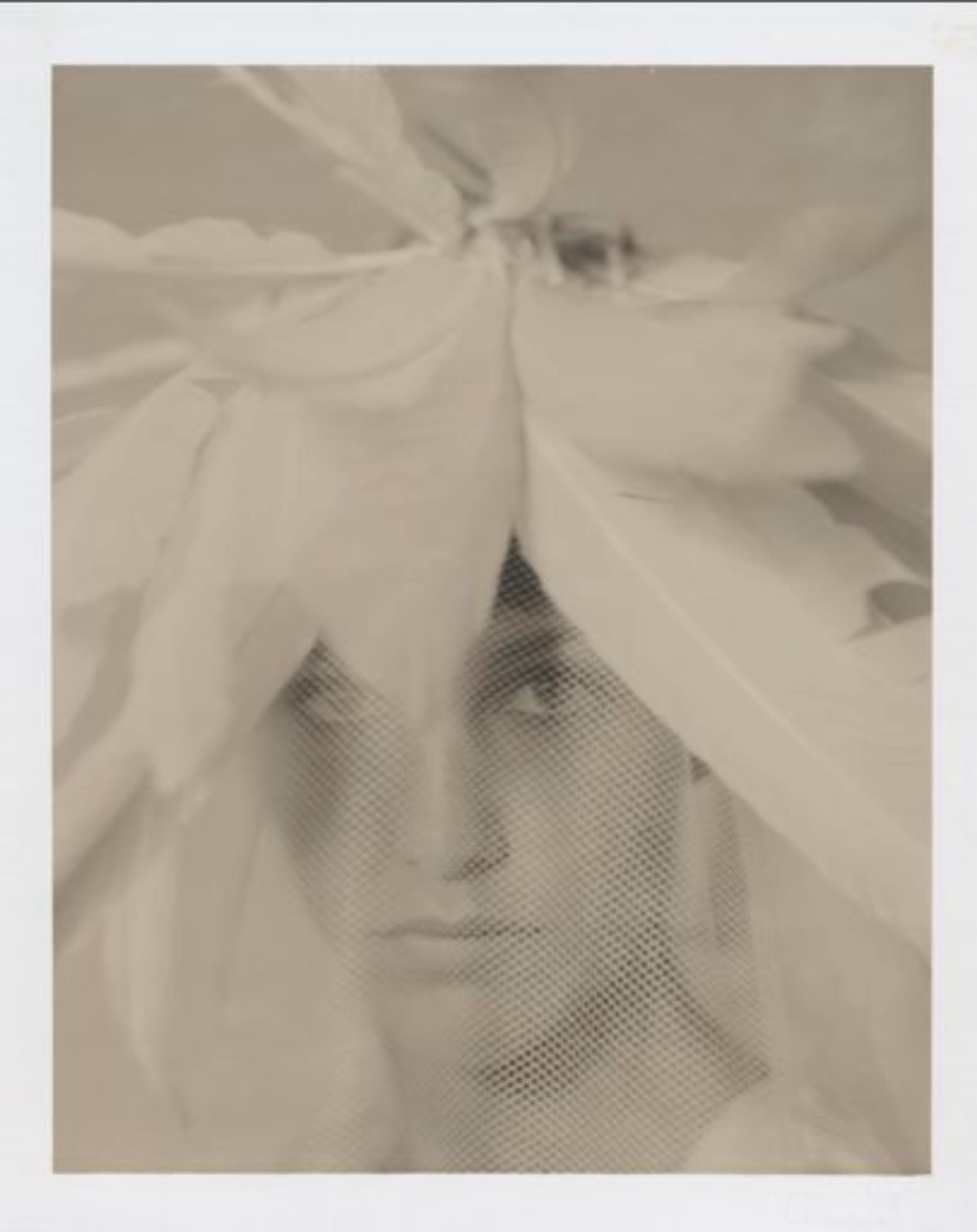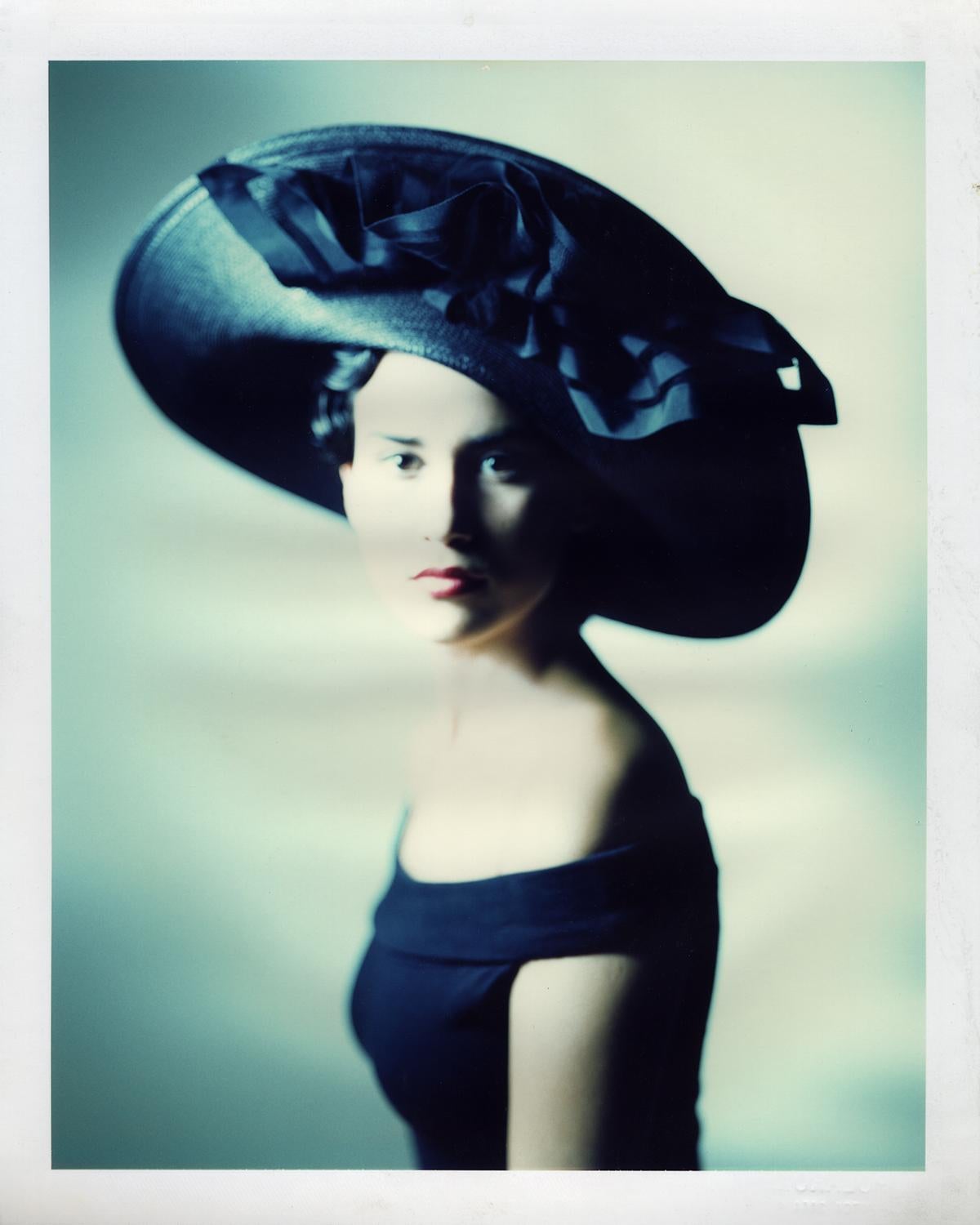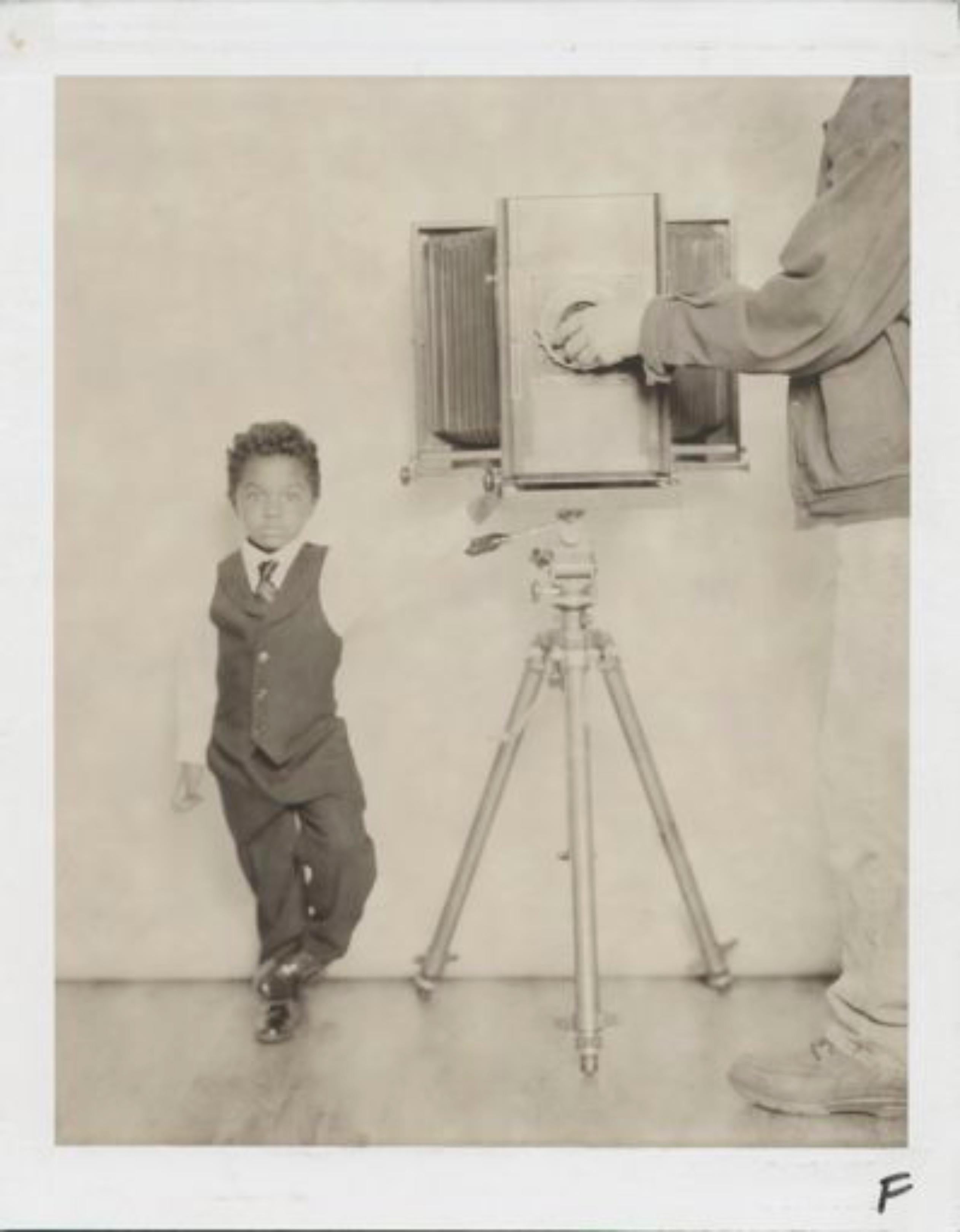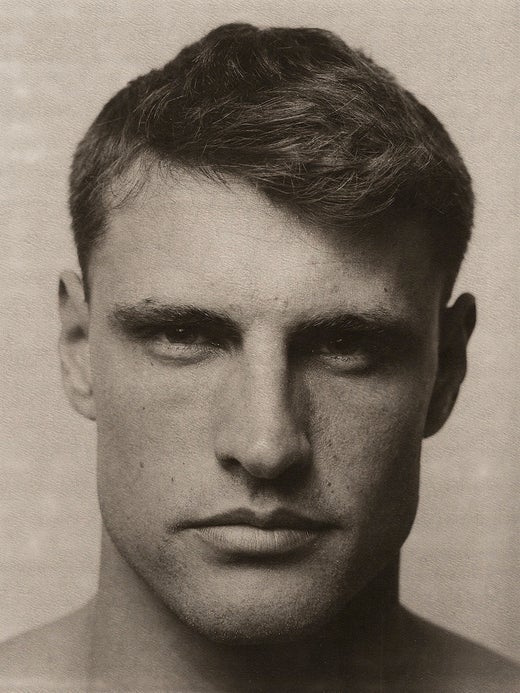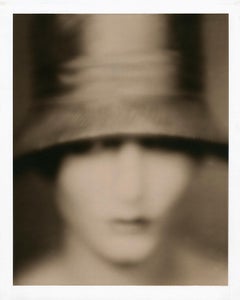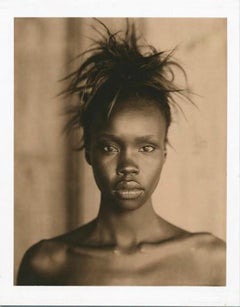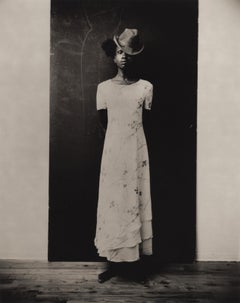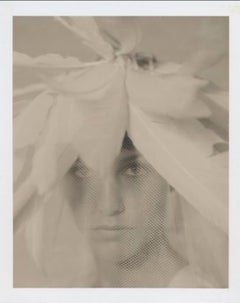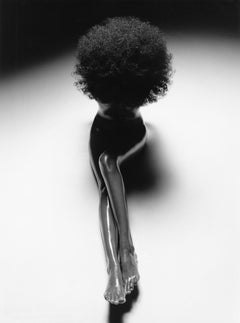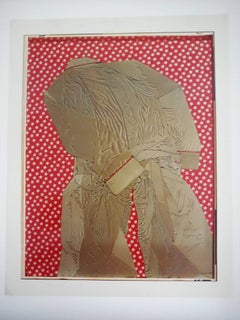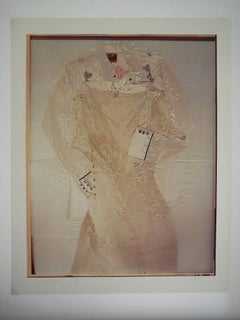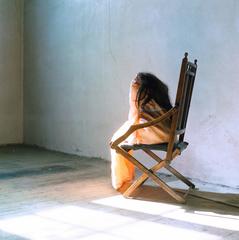Jose Picayo"Neiman Marcus, Zulema", New York, NY, 19971997
1997
About the Item
- Creator:Jose Picayo (Cuban)
- Creation Year:1997
- Dimensions:Height: 11 in (27.94 cm)Width: 14 in (35.56 cm)
- Medium:
- Movement & Style:
- Period:
- Condition:
- Gallery Location:Hudson, NY
- Reference Number:1stDibs: LU113568501
Jose Picayo
In an age where digital photography reigns supreme, José Picayo makes no apologies for his commitment to Polaroid film. “Digital is so overpoweringly real,” he told Musée magazine. “Photography is more magical to me.” With Polaroid film, Picayo explains he can capture his evocative portraits, still-lifes and landscapes “as they are — a moment in time.”
Born in 1959 in Havana, Picayo left Cuba with his family in 1966, moving to Puerto Rico. In 1975, they settled in Kent, Ohio, where he completed high school and attended Kent State University for two years. By 1981, Picayo moved to New York City and graduated with a BFA from Parsons School of Design in 1983.
For the next few years, Picayo assisted several photographers before he began his career as a commercial photographer in 1987. During this time, he worked for several publications, including Italian magazines Sassy, Taxi and Connoisseur. Picayo also moonlighted as a teacher during the 1990s, teaching photography at his alma mater and Manhattan’s International Center of Photography.
Despite the introduction of digital photography in the late 20th century, Picayo has remained loyal to film photography, preferring to shoot with Polaroid film. The 8 x 10 images are then printed on Japanese paper, which lends visual texture and a timeworn quality to his black and white and color photos. While he is well known for his fashion photography, Picayo credits several influential photographers for their impact on his creative works. These include Eugène Atget, Edward S. Curtis, Michael Disfarmer, Walker Evans and Torkil Gudnason.
Picayo has exhibited extensively in both solo and group shows throughout the US, including the Robin Rice Gallery in New York City and the Erie Art Museum in Pennsylvania. His works have appeared in numerous publications such as Harper’s Bazaar, L.A. Style, the New York Times Magazine, Esquire, Rolling Stone and more.
Find authentic José Picayo photography on 1stDibs.
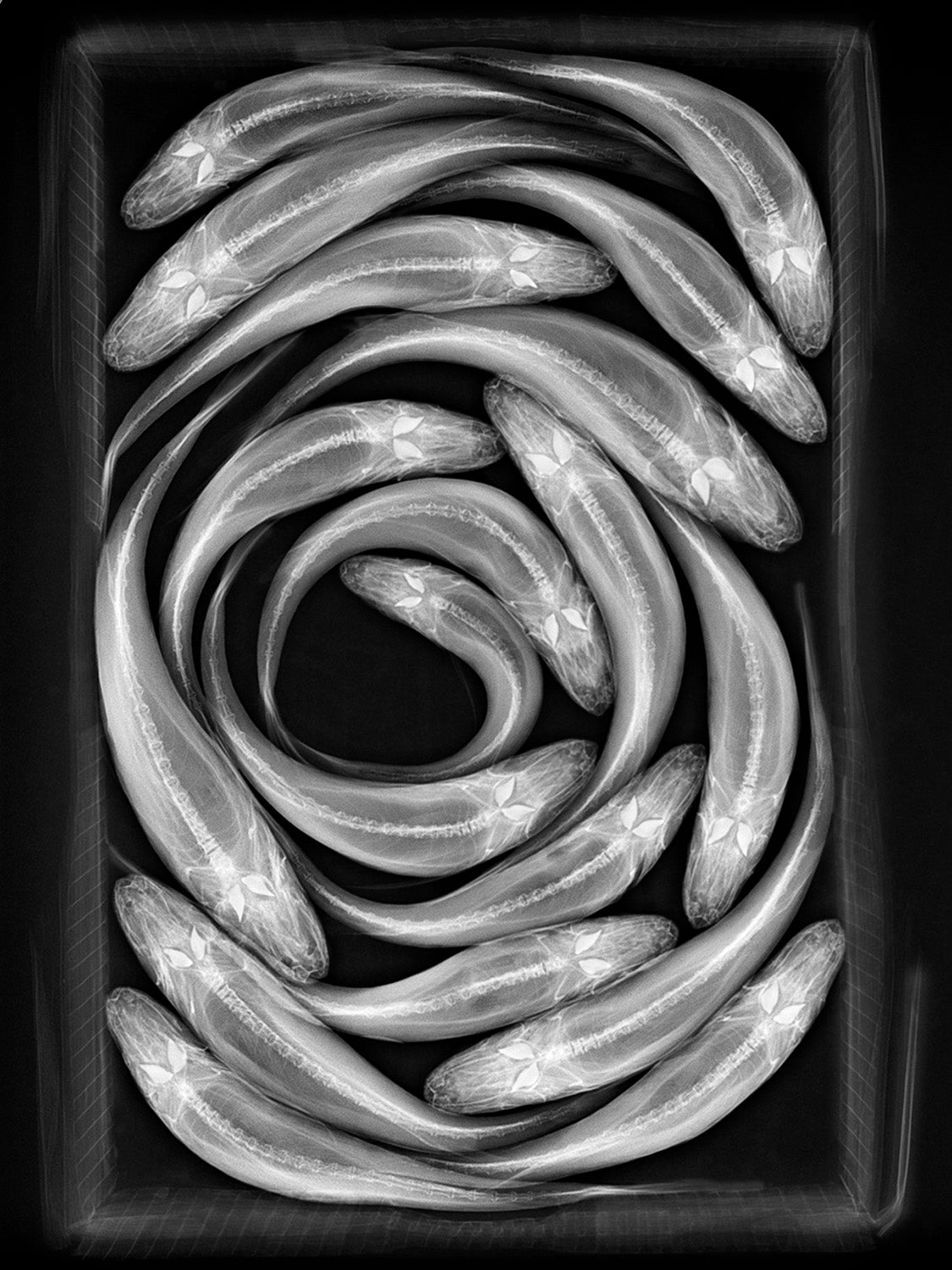
- ShippingRetrieving quote...Shipping from: Hudson, NY
- Return Policy
More From This Seller
View AllEarly 2000s Contemporary Portrait Photography
Photographic Paper
Early 2000s Contemporary Black and White Photography
Photographic Paper
1990s Contemporary Photography
Silver Gelatin
1990s Contemporary Portrait Photography
Photographic Paper
1980s Contemporary Color Photography
Photographic Paper
1990s Contemporary Black and White Photography
Photographic Paper
You May Also Like
1990s Contemporary Nude Photography
Black and White
1980s American Modern Photography
Photographic Paper, C Print
1980s Photography
Photographic Paper
21st Century and Contemporary Contemporary Portrait Photography
C Print
1990s Contemporary Nude Photography
Black and White
Late 20th Century Contemporary Nude Photography
Silver Gelatin
